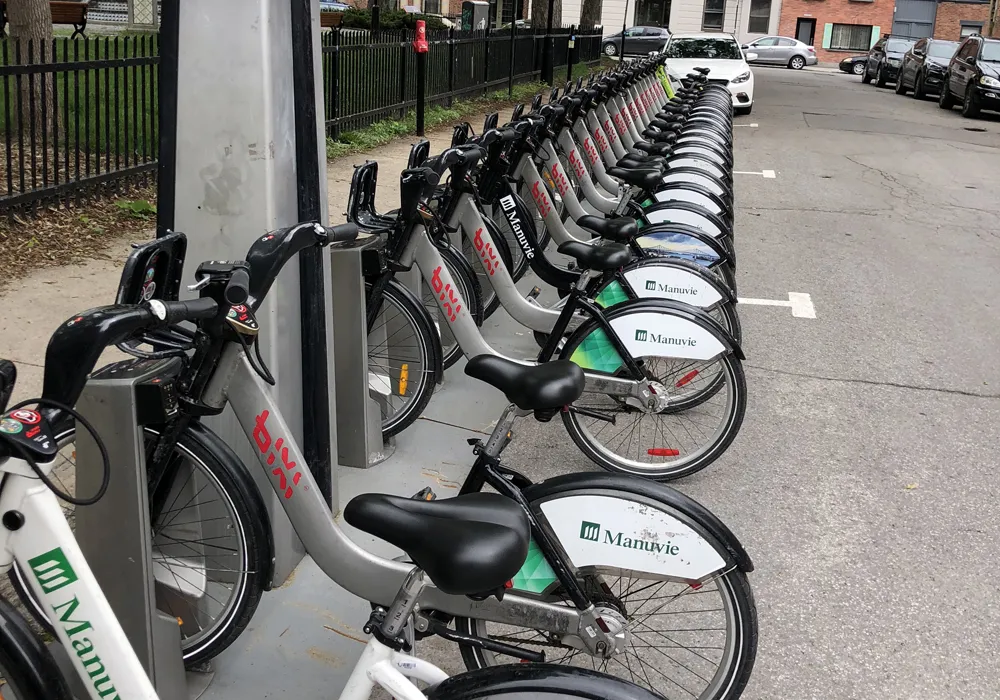One of Google’s self-driving cars caused a costly crunch to its reputation when it cut up a city bus, causing a crash. However, a rather more ordinary car also was involved in a driverless vehicle incident in Manhattan Island in recent times. The automatic starting system for the Corvette sports car engaged for no apparent reason and turned over the powerful engine, with the vehicle racing away, out of control. It mounted a kerb and struck a pedestrian, leaving her injured.
August 23, 2016
Read time: 1 min
One of Google’s self-driving cars caused a costly crunch to its reputation when it cut up a city bus, causing a crash. However, a rather more ordinary car also was involved in a driverless vehicle incident in Manhattan Island in recent times. The automatic starting system for the Corvette sports car engaged for no apparent reason and turned over the powerful engine, with the vehicle racing away, out of control. It mounted a kerb and struck a pedestrian, leaving her injured.








